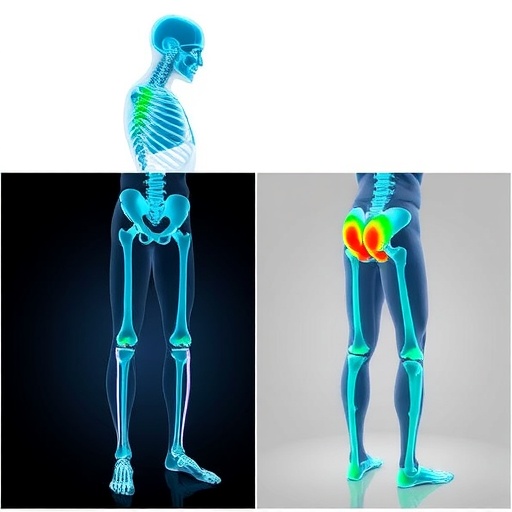A new study, published in ‘Antimicrobial Agents and Chemotherapy‘ conducted by a University of Liverpool led research consortium, has helped develop a new treatment option for some multi-drug resistant (MDR) infections.
Antimicrobial Resistance (AMR) is a global and serious threat to human health that is making previously easy to treat infections harder to treat, and, according to the World Health Organisation, the cause of 25,000 deaths annually in European Union alone.
Gram-negative bacteria (GNB) are a group of medically important bacteria that can cause severe infections in patients throughout the NHS. They are increasingly resistant to multiple antibiotics and in some cases untreatable. The emergence of MDR Gram-negative bacteria is a serious and growing threat to public health.
Carbapenems are a class of highly effective antibiotic agents commonly used for the treatment of severe or high-risk bacterial infections. This class of antibiotics is usually reserved for known or suspected multidrug-resistant (MDR) bacterial infections. Carbapenems are usually administered via intravenous injection, which requires hospitalisation and placement of an intravenous catheter.
Tebipenem pivoxil hydrobromide (SPR994)is a new carbapenem being developed by Spero Therapeutics that is being developed as an oral antimicrobial agent. Such a treatment may facilitate earlier discharge from hospital or the possibility of treating complex infections in the community.
The consortium, led by Professor William Hope from the University of Liverpool’s Centre for Antimicrobial Pharmacodynamics, used a range of experimental model systems to identify the appropriate dosage to study in a large Phase III registration clinical trial of patients with complicated urinary tract infections. This Phase III trial is global multicentre study that is currently recruiting patients. The team used a combination of laboratory models that are a mimic of human disease and combine this with a range of mathematical and statistical techniques to predict an appropriate dosage. Such an approach maximises the chance that the right dose is studied the first time.
An accelerated drug development program of this type ensures that new antibiotics are available to patients in the NHS at the earliest opportunity and provides new options for the treatment of infections for which there are currently few if any therapeutic choices.
Professor Hope, said: “The program, conducted in collaboration with Spero Therapeutics, is a leading example of the principal mission of the Centre for Antimicrobial Pharmacodynamics, which is to accelerate the development of new antibiotics for patients with AMR.
“Working with Spero Therapeutics enabled the considerable experience in antimicrobial drug development in the consortium to be utilized and ensures that tebipenem can be a future treatment option for patients in the NHS and around the world.”
“We are fortunate to work with the Centre for Antimicrobial Pharmacodynamics on the dose selection for our pivotal Phase 3 clinical trial as its design has greatly benefited from their experitise,” said Tom Parr, Chief Scientific Officer of Spero Therapeutics. “At Spero we are committed addressing the serious unmet need of multi-drug resistant infections and look forward to providing updates on our Phase III trial of SPR994 in complicated urinary tract infections.”
###
The full study, entitled ‘Pharmacodynamics of Tebipenem: New Options for Oral Treatment of Multi-Drug Resistant Gram-Negative Infections’, can be found here https:/
For more information about the University of Liverpool’s Centre for Antimicrobial Pharmacodynamics please visit https:/
For more information or an interview with Professor William Hope please contact Simon Wood, Media Relations Manager, University of Liverpool [email protected]
The University of Liverpool
Associated with nine Nobel Laureates, the University is recognised for its high-quality teaching and research. Our research collaborations extend worldwide and address many of the grand challenges facing humankind today.
Spero Therapeutics
Spero Therapeutics is a global, multi-asset, clinical-stage biopharmaceutical company located in Cambridge, Massachusetts focused on indentifying, developing and commercializing novel treatments for multi-drug resistant bacterial infections. Our mission is to become a leader in the field of Gram-negative antibiotics and we aim to achieve this objective by advancing multiple, differentiated products towards commercialization in key territories.
Media Contact
Simon Wood
[email protected]
http://dx.



